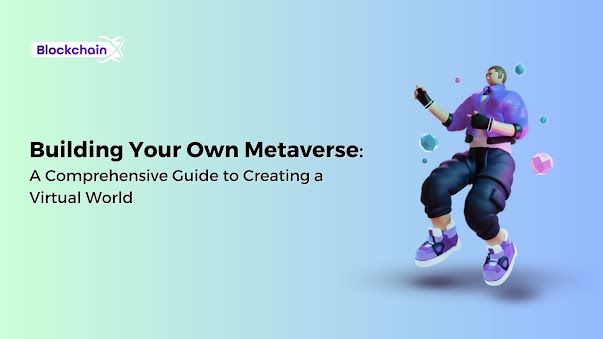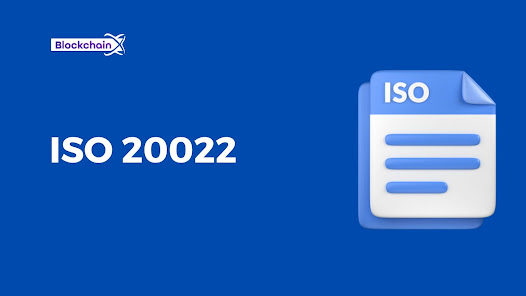Solana Proof of History: Enhancing Blockchain Scalability and Security

Introduction : Blockchain technology has revolutionized various industries by providing secure and transparent decentralized systems. However, scalability remains a significant challenge for many blockchain networks, leading to slower transaction speeds and higher fees. Solana, a next-generation blockchain platform, aims to tackle these limitations through its unique consensus mechanism called Proof of History (PoH). In this article, we will explore the concept of Proof of History and its potential to enhance blockchain scalability and security. Understanding Proof of History : Proof of History is a cryptographic technique developed by the Solana team that introduces a verifiable source of time in the blockchain network. Traditional blockchains rely on a consensus algorithm to establish the order of transactions, but PoH augments this process by adding a historical dimension. It creates a sequence of timestamps that are publicly validated and agreed upon by network participants. This e...

